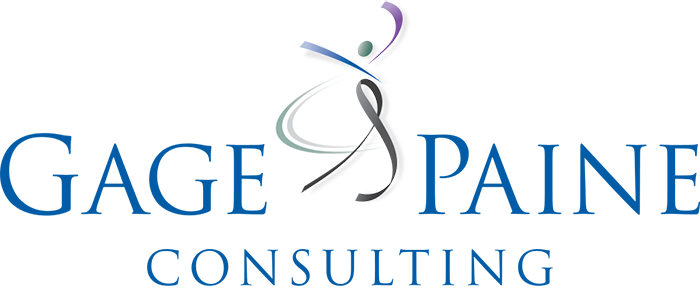Leadership Yoga
Audio Version

Yoga begins with our breath. When I was new to yoga the attention paid to breathing didn’t make sense to me, but it does now. Even when I am not taking time to take classes or practice yoga formally, I use the lessons I have learned about breathing all the time. Just one simple example. A few years ago, I was sitting in my car waiting for my husband to come out of the car repair place. As is often the case, we had not planned to be there, something had gone wrong with the care unexpectedly. I don’t know what the problem was or what was on my to-do list that day, all I know is the longer he took standing in line inside, the more anxious I got. I had things to do.
Suddenly, I tuned into my breath. It was tight, shallow and much too rapid for someone sitting in a car rather than being chased. And I stopped myself and changed my breathing. I took longer, slower, deeper breaths. And soon, I was no longer anxious. It didn’t make the line go any faster. It didn’t make my to-do list any shorter or less urgent. But it made me feel better. It kept me from being short with Peter when he returned to the car or complaining about the inconvenience to us both. It didn’t make the nuisance go away, but I didn’t add to the frustration and I felt better than I had minutes before.
Breath and Leadership
In our leadership, whether positional or informal, paying attention to our breath can help us in the same way. Our breath has something to teach us in the moment and it can help us when we are in the middle of stress and difficulty. I’m starting this series on leadership and yoga in part because of the stress of our situation. Understanding our breath and the ways our breathing can help us is an important tool for coping with the unknowns of the moment and in our work with our colleagues no matter how near or far they are located in space.
My first yoga teacher, in explaining the importance of breath, told us that most people in the United States have forgotten how to breathe well. It seems silly doesn’t it since we all breathe, all day long, all the time and we start the moment we are born. How could we breathe poorly? “…very few people understand the ways in which they restrict and distort their breathing. Habitually breathing high into the chest, breathing too fast, and breathing shallowly are epidemic today.” *
And we know better. We know better through science and medicine and through research that shows how breathing techniques can help us relax, manage pain, and lower blood pressure. We know through our own experience as reflected in our language. We recommend people ‘take a deep breath’ when they are anxious or upset. We breathe ‘sighs of relief’ and ‘take breathers’. A magnificent vista is ‘breathtaking’.
So, we start this series as we do a yoga class, with a focus this week on the breath. Below is a meditation that will help you begin to learn yoga breathing and give you a simple practice to help you this week through our new challenges.
Take care,
Gage
*Farhi, D. (1996).The Breathing Book: Good Health and Vitality Through Essential Breath Work. New York: Holt and Company
Day 1 Meditation

